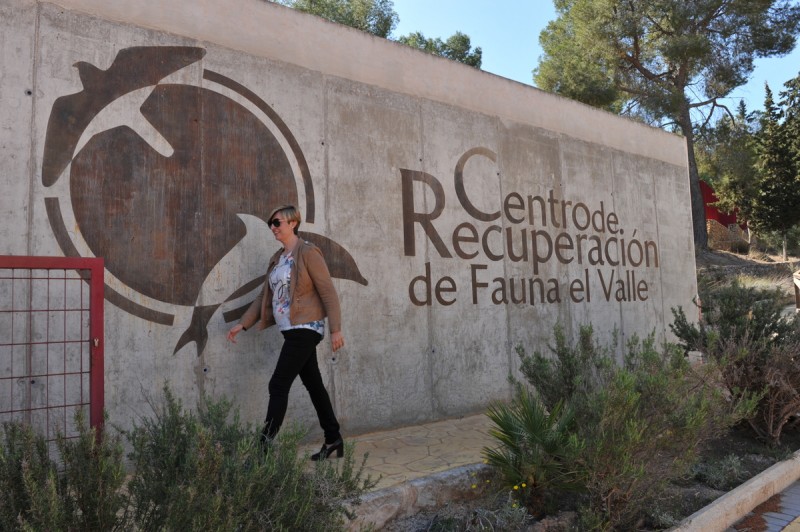- Region
- Águilas
- Alhama de Murcia
- Jumilla
- Lorca
- Los Alcázares
- Mazarrón
- San Javier
-
ALL AREAS & TOWNS
- AREAS
- SOUTH WEST
- MAR MENOR
- MURCIA CITY & CENTRAL
- NORTH & NORTH WEST
- TOWNS
- Abanilla
- Abarán
- Aguilas
- Alamillo
- Alcantarilla
- Aledo
- Alhama de Murcia
- Archena
- Balsicas
- Blanca
- Bolnuevo
- Bullas
- Cañadas del Romero
- Cabo de Palos
- Calasparra
- Camping Bolnuevo
- Campo De Ricote
- Camposol
- Canada De La Lena
- Caravaca de la Cruz
- Cartagena
- Cehegin
- Ceuti
- Cieza
- Condado de Alhama
- Corvera
- Costa Cálida
- Cuevas De Almanzora
- Cuevas de Reyllo
- El Carmoli
- El Mojon
- El Molino (Puerto Lumbreras)
- El Pareton / Cantareros
- El Raso
- El Valle Golf Resort
- Fortuna
- Fuente Alamo
- Hacienda del Alamo Golf Resort
- Hacienda Riquelme Golf Resort
- Isla Plana
- Islas Menores & Mar de Cristal
- Jumilla
- La Azohia
- La Charca
- La Manga Club
- La Manga del Mar Menor
- La Pinilla
- La Puebla
- La Torre
- La Torre Golf Resort
- La Unión
- Las Palas
- Las Ramblas
- Las Ramblas Golf
- Las Torres de Cotillas
- Leiva
- Librilla
- Lo Pagan
- Lo Santiago
- Lorca
- Lorquí
- Los Alcázares
- Los Balcones
- Los Belones
- Los Canovas
- Los Nietos
- Los Perez (Tallante)
- Los Urrutias
- Los Ventorrillos
- Mar De Cristal
- Mar Menor
- Mar Menor Golf Resort
- Mazarrón
- Mazarrón Country Club
- Molina de Segura
- Moratalla
- Mula
- Murcia City
- Murcia Property
- Pareton
- Peraleja Golf Resort
- Perin
- Pilar de la Horadada
- Pinar de Campoverde
- Pinoso
- Playa Honda
- Playa Honda / Playa Paraíso
- Pliego
- Portmán
- Pozo Estrecho
- Puerto de Mazarrón
- Puerto Lumbreras
- Puntas De Calnegre
- Region of Murcia
- Ricote
- Roda Golf Resort
- Roldan
- Roldan and Lo Ferro
- San Javier
- San Pedro del Pinatar
- Santiago de la Ribera
- Sierra Espuña
- Sucina
- Tallante
- Terrazas de la Torre Golf Resort
- Torre Pacheco
- Totana
- What's On Weekly Bulletin
- Yecla


- EDITIONS:
 Spanish News Today
Spanish News Today
 Alicante Today
Alicante Today
 Andalucia Today
Andalucia Today
El Valle Wildlife Recovery Centre: Centro de Recuperación de Fauna Silvestre de El Valle
Fascinating environmental education visits for groups and families in the mountains just outside Murcia
One of the cluster of facilities located near the visitors centre of the El Valle y Carrascoy regional park in the mountains just outside the city of Murcia is the Centro de Recuperación de Fauna Silvestre de El Valle, which is the regional government's wildlife recovery centre and is a venue open for educational visits throughout the year.

The centre opened in 1984, and its chief role is to carry out research while at the same time helping sick or injured animals back to full health before re-releasing them into the wild. Every year around 1,500 animals are brought here for treatment, and although the success rate is high of course it does not reach 100 per cent. In some cases the animals coming to El Valle cannot be saved, and in others it is not possible to return them to their natural habitat, either because they do not make full recoveries or because they have been in captivity for so long that the natural instincts which in normal circumstances would allow them to survive in the wild have been lost.
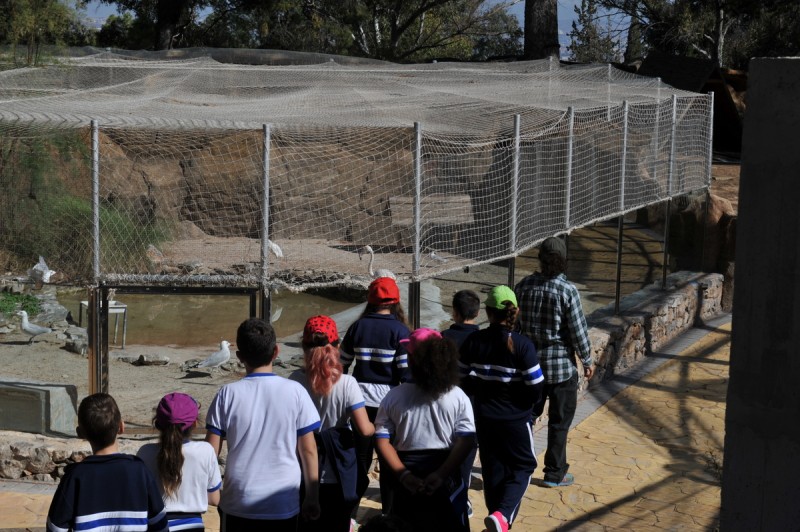
However, this provides the centre with one of its greatest assets, and one which makes it a fascinating place to visit, as it becomes a permanent home to a wide range of wildlife from vultures to flamingos, from mountain goats to otters and from turtles and tortoises to wild boar. Throughout the school year groups of children aged from 3 to 13 make organized trips to the facility, where they are guided around by professional monitors and take part in a series of dynamic games and activities designed to increase their awareness of the wildlife of Murcia and what can be done to protect both the natural environment and the species which live in it.
The centre is also happy to accommodate other groups interested in learning about their work and the environment, and the El Valle park itself is also hugely popular with walkers and visitors of all ages. Close by is the La Luz visitor centre (with fabulous views from the restaurant in the complex) and the Sanctuary of La Fuensanta.
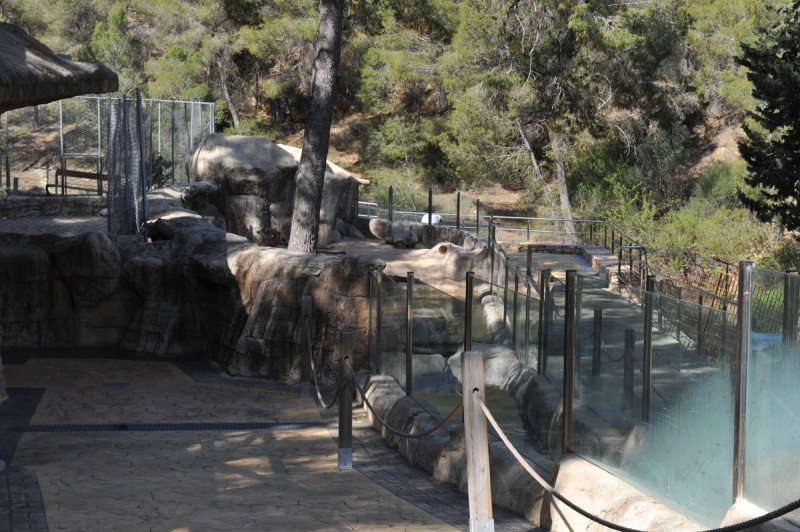
Visiting the wildlife recovery centre in El Valle
At the same time it is also possible for any member of the public to take part in visits of this kind. There is normally at least one member of staff able to provide information in fluent English, although it is essential to call up to make a reservation. This enables staff to avoid groups becoming over-large, and if possible to combine visits so that a reasonable minimum group size is achieved.
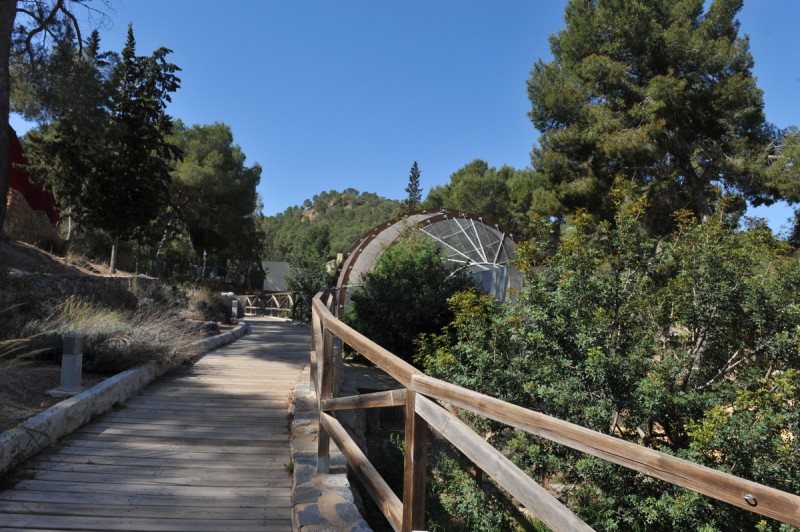 visits
visits
In addition, throughout the year a series of one-off activities are held to celebrate occasions such as Birdlife Day, Tree Day and the like. The centre also participates in activities run by the Department of Environment and the release of animals back into the wild is often timed to coincide with these occasions. These activities are listed in the What’s On section of Murcia Today, and further details can be obtained from the centre itself.

Visits are conducted only in the Environmental Education area, which includes separate enclosures for birds of prey, water birds, nocturnal birds (who are kept in the dark during the morning in order not to disturb their natural daily rhythm) and numerous other kinds of animal. Among the star attractions are a one-eyed boar, a one-winged flamingo and various eagles, although of course the animal population of the centre is not consistent and permanent for obvious reasons.
The veterinary and research area of the centre is not usually open to visitors.
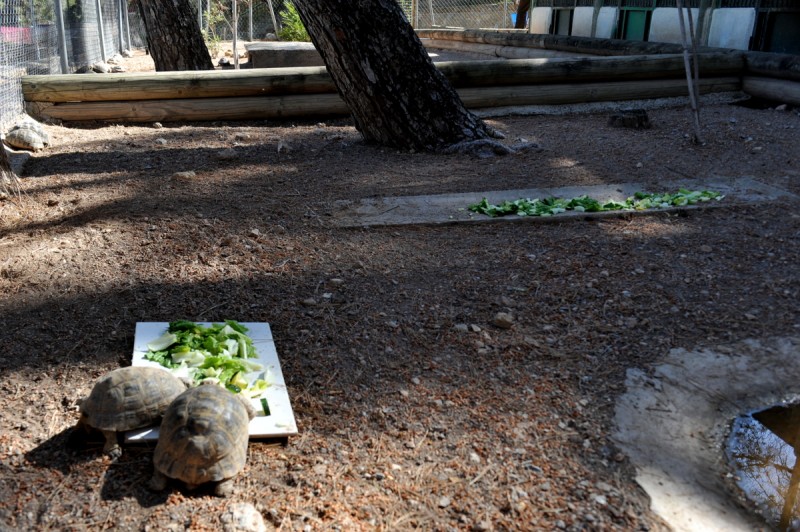
Location and contact details
The Centro de Recuperación de Fauna Silvestre de El Valle is on the Carretera de El Valle, which leads up into the mountains and pine forest of the regional park from La Alberca. For most visitors the easiest way to reach the centre is to take the exit at kilometre 148 of the A-30 motorway between Murcia and Cartagena, and follow the signs into the outskirts of La Alberca.
Almost as soon as you enter the built-up area El Valle is signposted to the right: this leads onto Calle Azahar, and then take the first left onto Calle Dr Fleming. Follow until the end of the road just after crossing the rambla (the floodwater channel which is dry except in times of very heavy rain), and then turn right: again, El Valle is signposted.
The road now leads straight on up into the mountains, and the wildlife recovery centre is on the right after approximately a kilometre, shortly after the El Valle Visitors Centre on the left.
Telephone: 968 847 510
Email: infovalle@carm.es
Notes
The centre is closed to visitors during the month of August.
Visitors are requested to arrive promptly for activities, and to inform in advance of any changes or cancellations.
Minors must be accompanied by adults.
Pets are not admitted, with the exception of guide dogs.
For more information regarding news, what's on and visiting, go to the city of Murcia section of Murcia Today.






